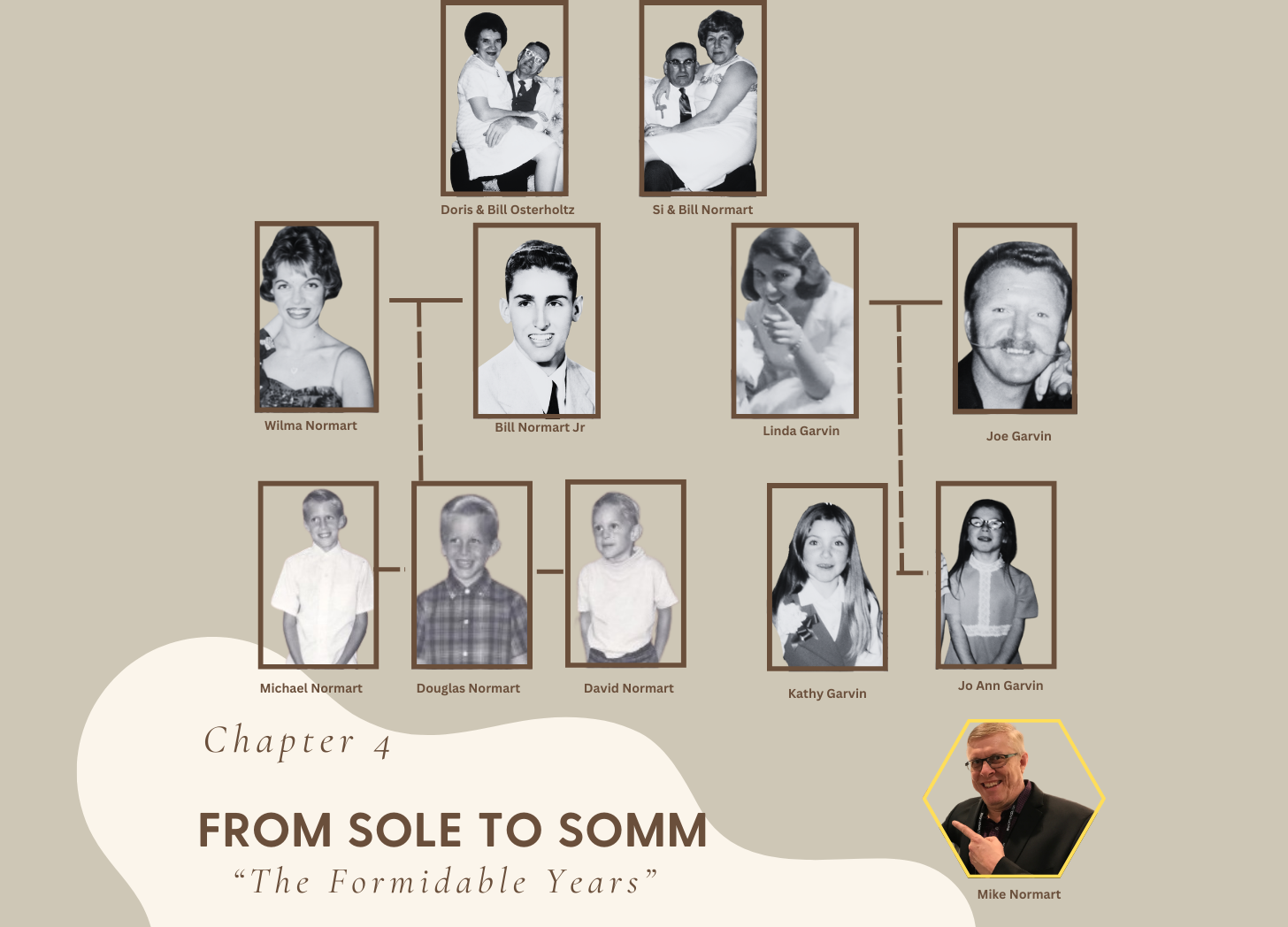In blog 275, I delved into getting https://vino-rater.com live. Now, let’s talk about Exploring the delicate nuances: Chablis vs. California Chardonnay.
Hey wine lovers,
In the words of Tony Hsieh, “Evolve or go extinct,” and with that mantra in mind, I’m excited to introduce a fresh format for our wine discussions. As we adapt to the ever-changing landscape of the wine world, it’s crucial to embrace change. This new approach allows us to delve deeper into the intricacies of wine, exploring not just its flavors and origins, but also the stories and experiences that accompany each bottle. So, let’s embark on this journey together, ready to evolve and expand our wine horizons.
Today, I’m diving into a topic that’s close to my heart (and palate): the subtle yet distinct differences between Chablis and Chardonnay. As a wine enthusiast, I’ve always found the interplay between grape varietals and terroir fascinating, and these two wines provide a perfect canvas for exploration.
I’ve got to confess – until I embarked on my sommelier course, I had never ventured into the realm of Chablis. But let me tell you, since that first encounter, I’ve been utterly captivated. The revelation struck with the 2022 Domaine L. Chatelaine Chablis Premiere Cru “Fourchaume”. See the review here. Its crispness, adorned with zesty citrus notes, was nothing short of transformative, especially paired with the smoked salmon I grilled up. From that moment on, it’s been a delightful dilemma of Chablis or Chardonnay.
Chablis
Let’s start with Chablis. Ah, Chablis – the crisp, mineral-driven white wine that hails from the northernmost wine region of Burgundy, France. When you take a sip of Chablis, you’re transported to the rolling hills of the Chablis vineyards, where the cool climate and limestone-rich soils work their magic on the grapes. Chablis, made exclusively from the Chardonnay grape, has become a forefront contender in my wine selection, alongside its more familiar cousin , Chardonnay. What sets Chablis apart is its purity and precision. It’s like sipping on liquid sunshine, with vibrant acidity and a distinct flinty character that dances on the palate.
Chardonnay
Now, onto its cousin, Chardonnay. Chardonnay is arguably one of the most versatile grape varietals out there, grown in countless wine regions around the world. From the buttery Chardonnays of California to the elegant Blanc de Blancs Champagnes, Chardonnay wears many hats – or should I say, cork? What I love about Chardonnay is its chameleon-like ability to reflect its terroir and winemaking style. You can find Chardonnays that are rich and creamy, with notes of ripe tropical fruits and vanilla, or ones that are lean and mineral-driven, showcasing the grape’s inherent freshness.
So, what sets Chablis apart from other Chardonnays? It all comes down to terroir. The cool climate and unique soil composition of Chablis impart a distinct character to the wine, marked by its steely acidity, flinty minerality, and delicate citrus flavors. It’s like tasting a piece of the earth itself, with each sip telling a story of the land and the hands that tended to the vines.
In contrast, Chardonnays from other regions may exhibit more fruit-forward flavors, influenced by factors like oak aging, malolactic fermentation, and warmer climates. While both Chablis and Chardonnay share the same grape DNA, they offer vastly different expressions in the glass, each worthy of exploration and appreciation.
Closing Thoughts: Chablis vs. California Chardonnay
So, the next time you’re pondering which bottle to uncork, consider the nuances of Chablis vs. California Chardonnay. Whether you’re in the mood for a crisp, mineral-driven sip of Chablis or a rich, buttery Chardonnay, there’s a world of flavor waiting to be discovered in every glass. And be sure to check out my reviews at https://vino-rater.com/reviews/
Cheers to the endless journey of wine exploration!
Vino-Rater

Subscribe to my Blog by filling out the info below and then press the “subscribe” button

From Sole to Somm – My Brothers and 1st Cousins

From Sole to Somm – The Impressionable Years

